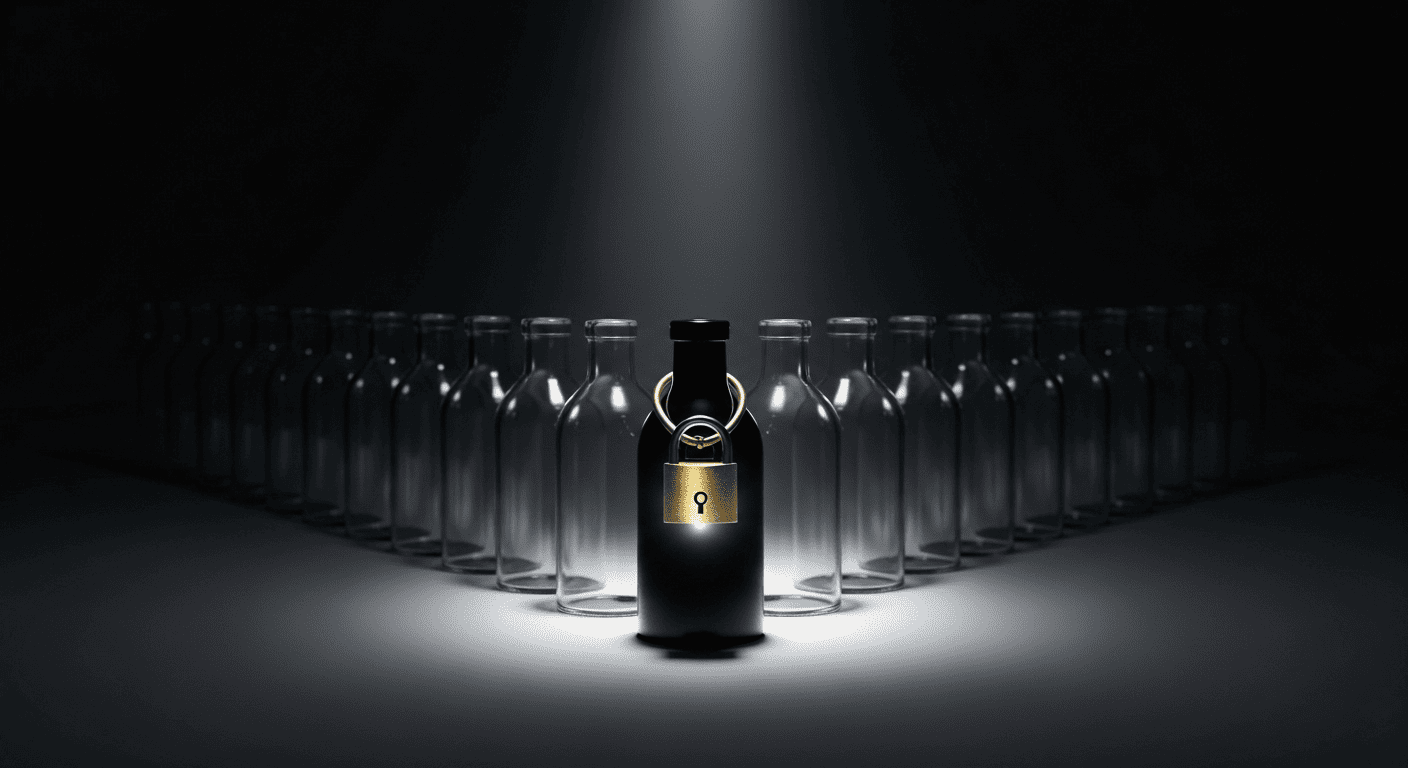In the highly competitive world of fine fragrance, true innovation is the ultimate currency, and it is fiercely protected. The largest fragrance creation houses, like Givaudan, Firmenich, and IFF, invest millions in developing unique, patented scent molecules known as “captives.” These proprietary ingredients are not available on the open market and give their creators a significant competitive edge, allowing them to produce accords and effects that their rivals cannot replicate. For an aspiring perfumer, learning to identify these olfactory unicorns by nose is a crucial, if unofficial, part of their advanced education.
This skill is a form of industrial espionage conducted entirely through a highly trained sense of smell. It involves smelling a new mainstream perfume and being able to say, “Ah, I detect a hint of Givaudan’s Akigalawood,” or “This contains Firmenich’s Z11.” This ability is not just a party trick; it is a vital skill for understanding market trends and deconstructing the work of master perfumers.
This deep level of analysis requires an almost encyclopedic mental database of scents. Building this internal library is a long and disciplined process. It is a form of advanced self-education focused on a very specific goal, much like the structured process of creating a personal scent library for self-study, but at a far more elite and professional level.
The Secret Handshake of Scent
Captive molecules are the secret ingredients that define the signature of many modern blockbuster fragrances. They are often powerful, complex, and difficult to describe, possessing a unique character that sets them apart from the standard palette of commercially available materials. A perfumer who can recognize these captives has a significant advantage, as it gives them insight into the underlying structure and formulation of a competitor’s perfume.
This knowledge allows them to understand how a particular special effect was achieved. Was that unique, transparent woody-amber note created with IFF’s Amber Xtreme™ or Symrise’s Ambrocenide®? Knowing the answer reveals a great deal about the perfumer’s creative choices and the budget they were working with, as these high-tech molecules are often very costly. It is the olfactory equivalent of a chef tasting a rival’s sauce and being able to identify the specific, secret spice blend they used.
This skill is not taught in a formal, textbook manner, as the fragrance houses do not openly share samples of their most prized captives. Instead, it is learned through a combination of experience, mentorship, and access to a professional network where knowledge is shared discreetly.
The Unofficial Curriculum
While perfumery schools provide a foundational education in classic and commercially available raw materials, the learning of captive molecules happens on a more informal, postgraduate level. It is a continuous process of “on-the-job” training that separates a competent perfumer from a truly knowledgeable one.
This unofficial curriculum relies on several key learning methods.
- Mentorship: A senior perfumer will often guide their apprentice, pointing out the presence of a specific captive in a new fragrance and describing its characteristic signature.
- GC-MS Analysis: Perfumers have access to Gas Chromatography-Mass Spectrometry (GC-MS) analysis of commercial fragrances. While a captive molecule might be listed under a generic chemical name, a trained eye can often recognize its tell-tale spectral fingerprint.
- Reference Libraries: Within a fragrance house, perfumers have access to a reference library that includes not only their own company’s captives but also samples of competitors’ captives that have been acquired and analyzed over the years.
- Community Knowledge: There is a constant, quiet dialogue within the professional perfumery community. Perfumers discuss new releases and share insights about the novel materials they detect, collectively building a shared understanding of the evolving fragrance landscape.
Through these channels, a perfumer gradually builds a mental map of the industry’s most protected and innovative ingredients.
The Signature of a Corporation
Over time, a skilled nose can begin to associate a certain “style” or “texture” with a specific fragrance house, largely due to that company’s unique palette of captive molecules. A perfumer might smell a new launch and note a particular type of clean, powerful musk, and immediately suspect it is a product from a house known for its cutting-edge musk captives. This is akin to an art historian recognizing the brushstrokes of a particular artist’s studio.
This corporate signature is a powerful branding tool. It allows a fragrance house to impart a subtle but recognizable character to the perfumes created for different fashion or designer brands. This creates a subliminal link between their creations and reinforces their reputation for innovation and quality.
For the perfumer, being able to recognize these corporate styles is a crucial part of their market intelligence. It helps them understand the competitive landscape and anticipate the future direction of fragrance trends based on the new captives being introduced by the major players.
The Arms Race of Innovation
The development of new captive molecules is like an arms race in the fragrance industry. Each major house employs teams of research chemists dedicated to synthesizing novel aroma chemicals that will offer a unique olfactory effect. The moment a new, successful captive is launched in a blockbuster perfume, the other houses immediately begin working to analyze it and create their own version or a “me-too” molecule with similar properties.
This constant cycle of innovation and imitation is what drives the industry forward. It pushes the boundaries of what is possible in perfumery and continually provides perfumers with new colors for their palettes. A perfumer’s ongoing education is therefore a never-ending process of keeping up with this relentless stream of new and protected materials.
The ability to identify these captives is not just about deconstructing the past; it is about understanding the present and predicting the future of scent. It is a key skill that allows a perfumer to remain relevant, innovative, and competitive in a fast-moving and secretive industry.
Frequently Asked Questions
They are called captive because they are “held captive” by the company that created and patented them. They are not sold to other companies or on the open market, meaning they can only be used by the perfumers who work for that specific fragrance house. This exclusivity is their primary strategic value.
It is extremely difficult. The primary barrier is access; without being able to smell the pure, isolated captive molecule as a reference, it is nearly impossible to learn its signature. While experienced fragrance enthusiasts can sometimes make educated guesses based on a scent’s unique character, a definitive identification requires the kind of professional access and training that is only available within the industry.
Once the patent expires (typically after about 20 years), the molecule’s chemical structure becomes public knowledge, and other companies are free to synthesize and sell it. This is how many once-exclusive materials eventually become widely available. A famous example is Ambroxan, which was a Firmenich captive for many years before its patent expired and it became a common ingredient across the industry.

